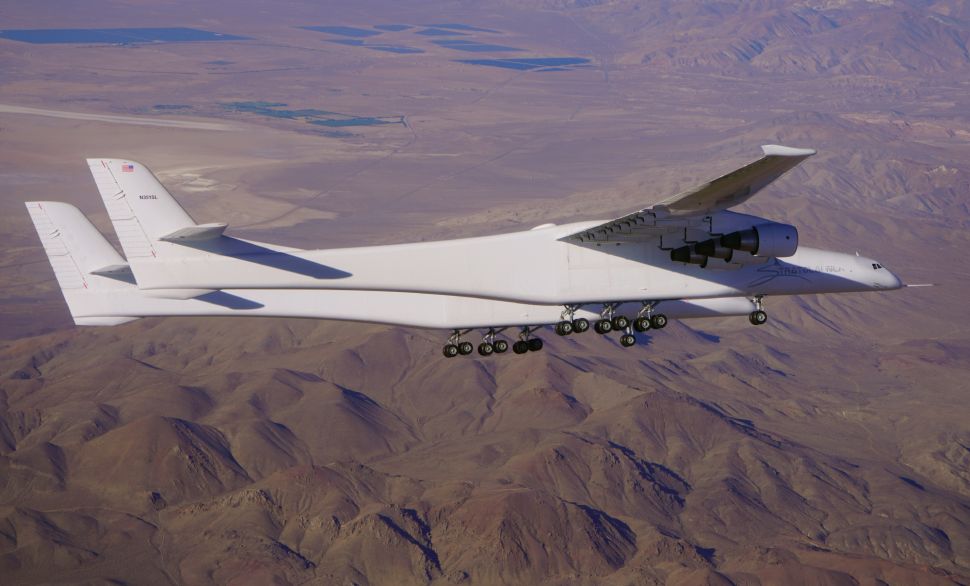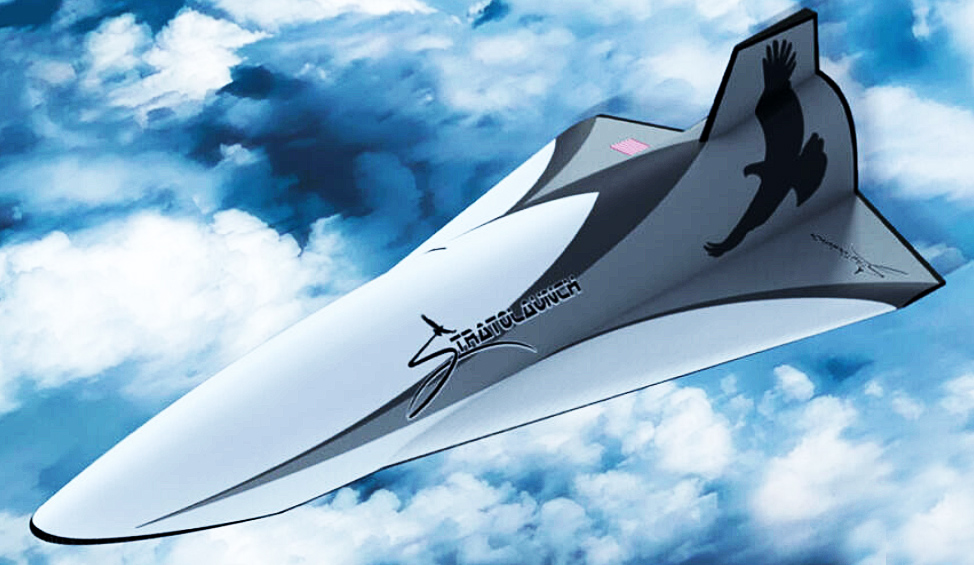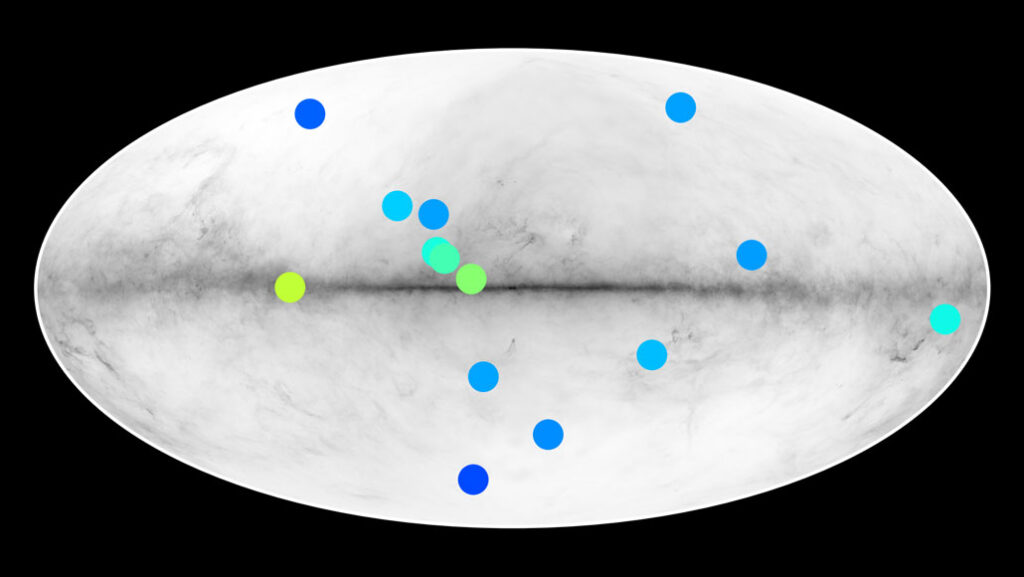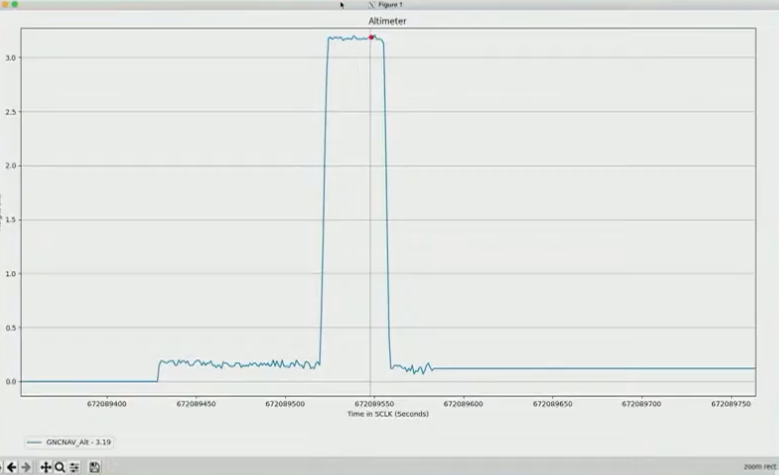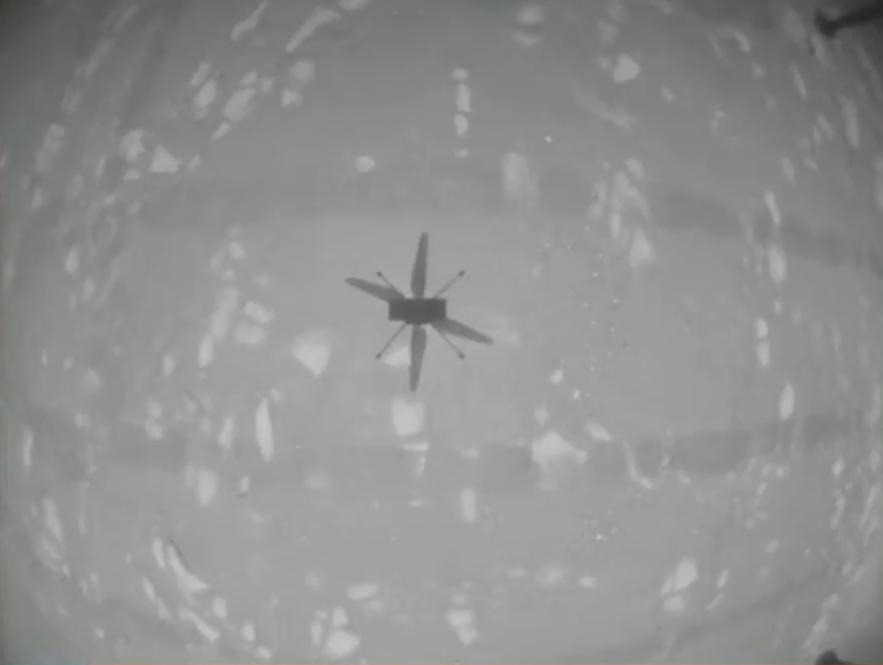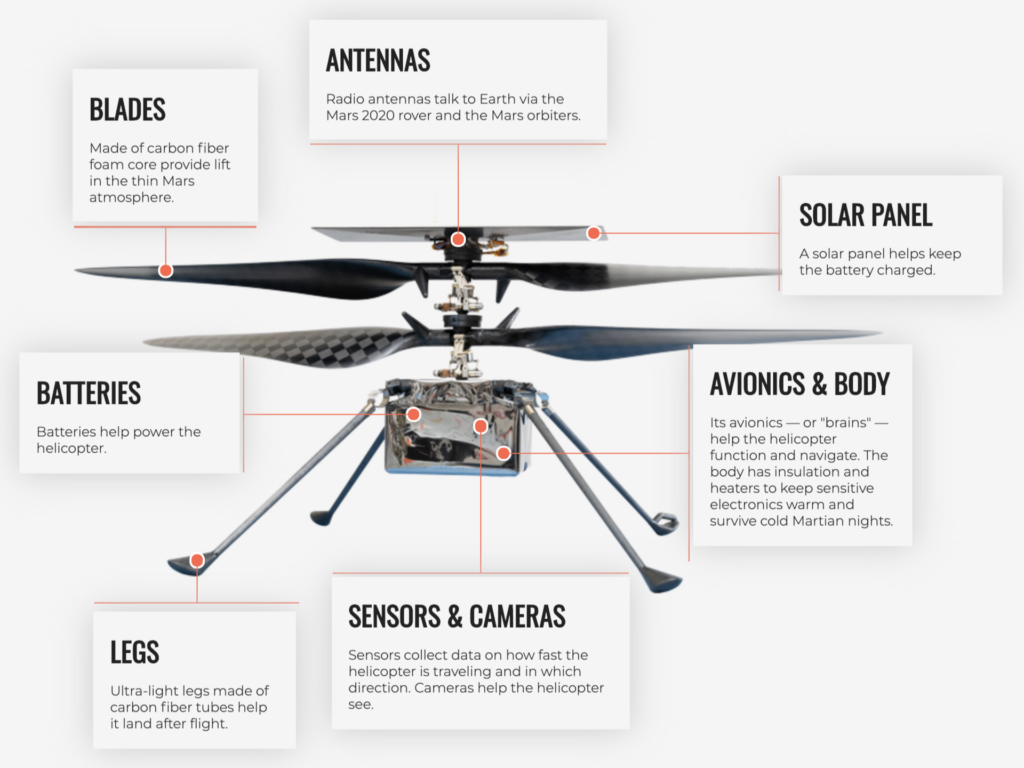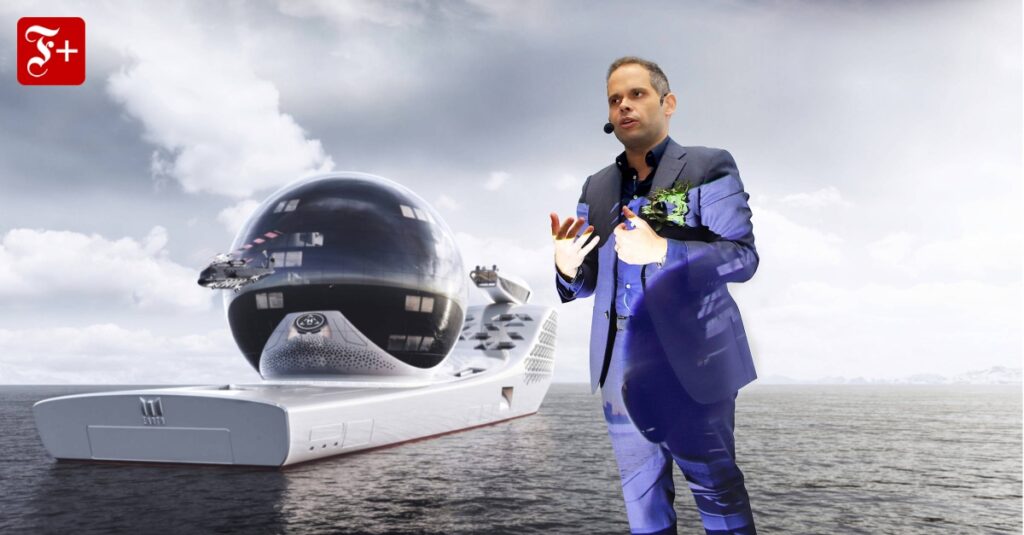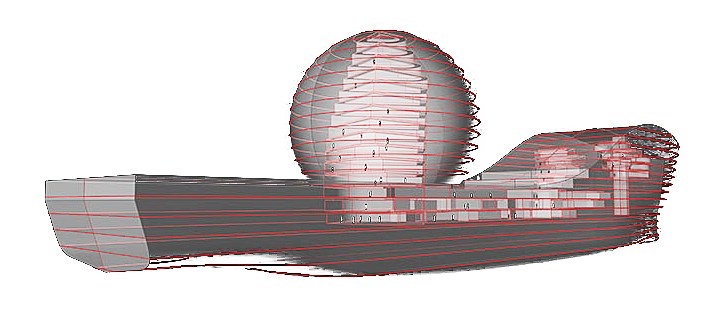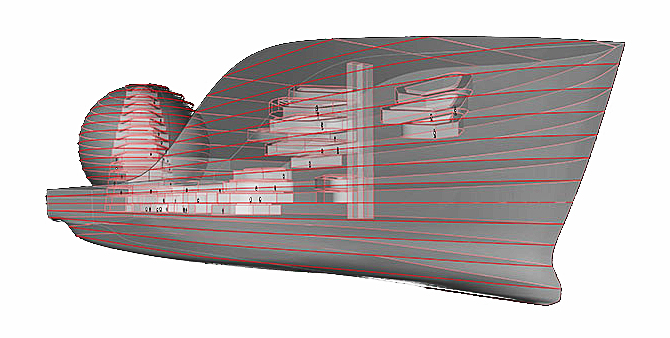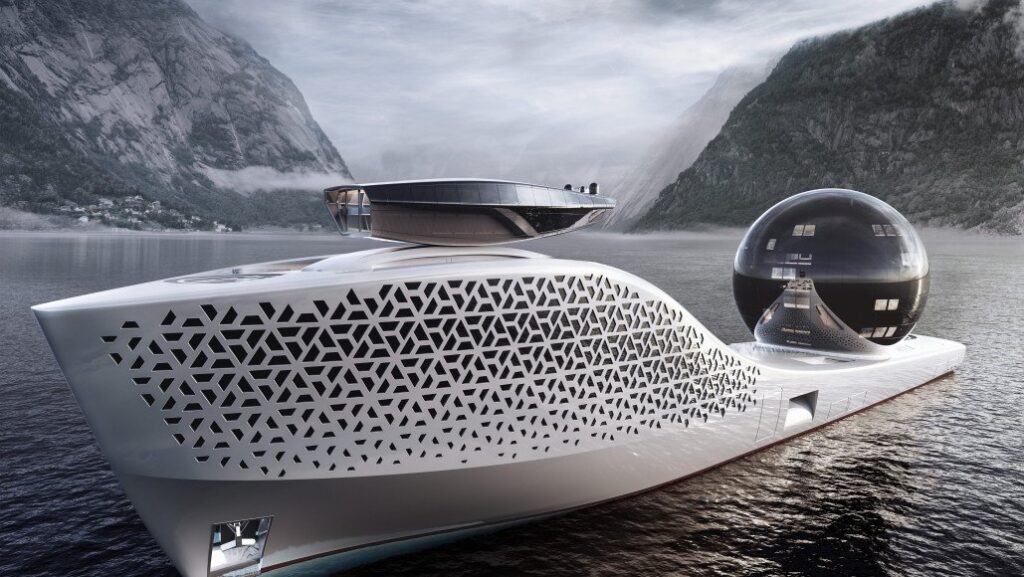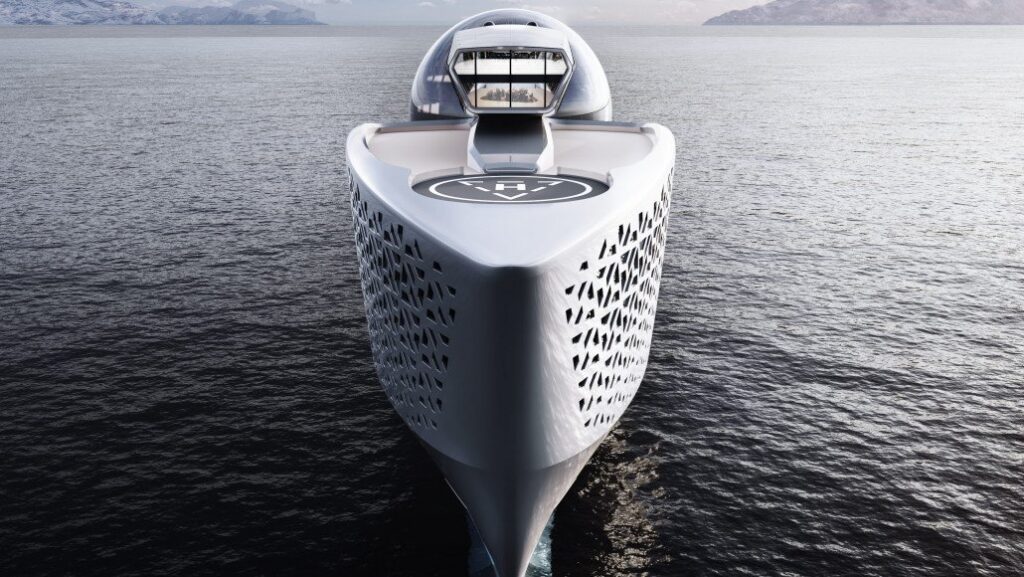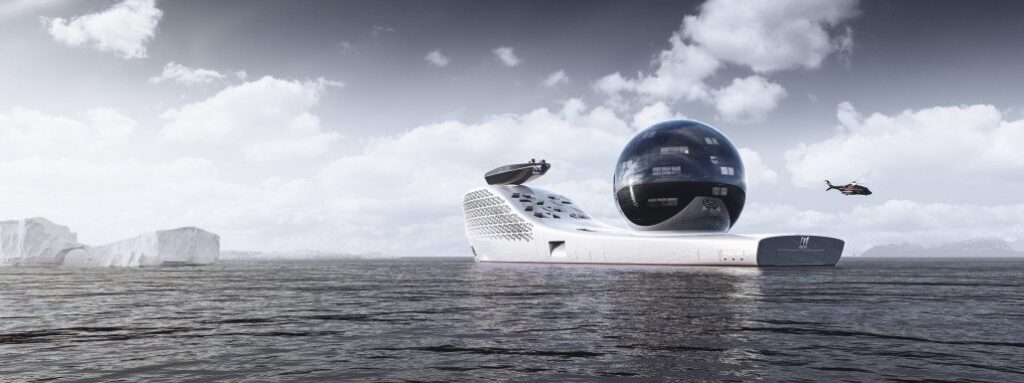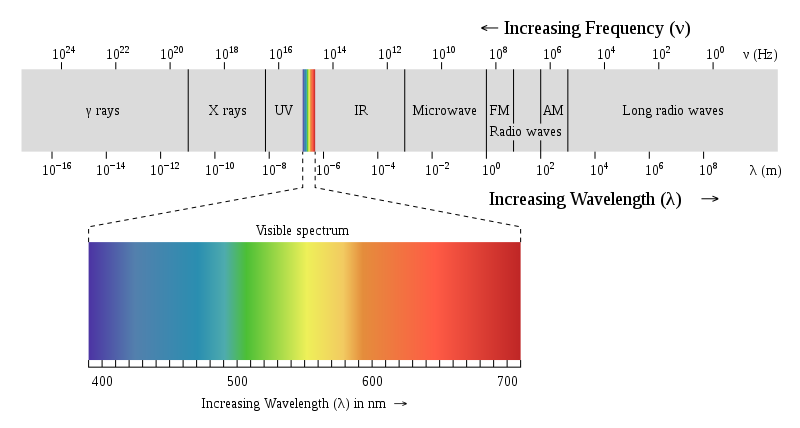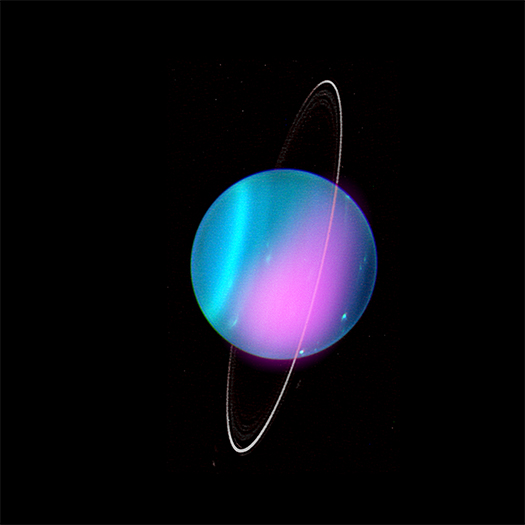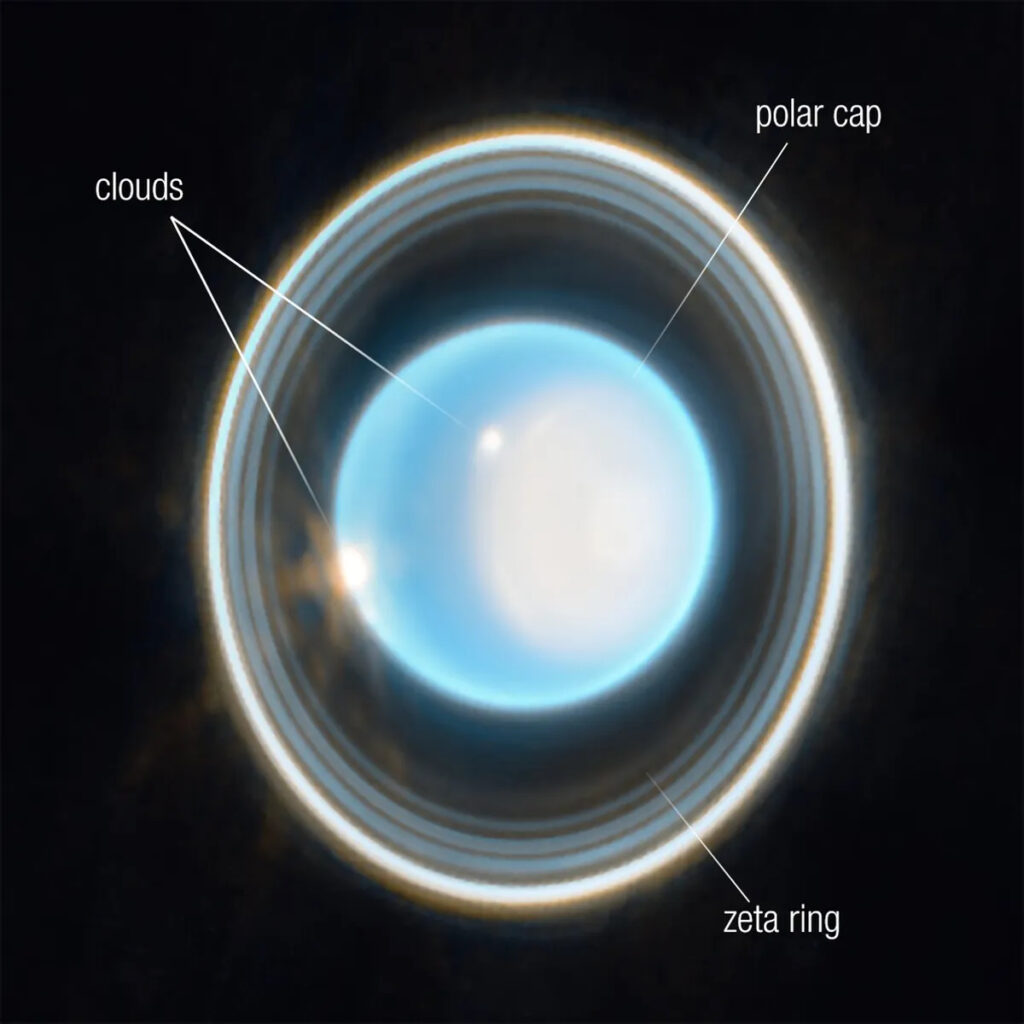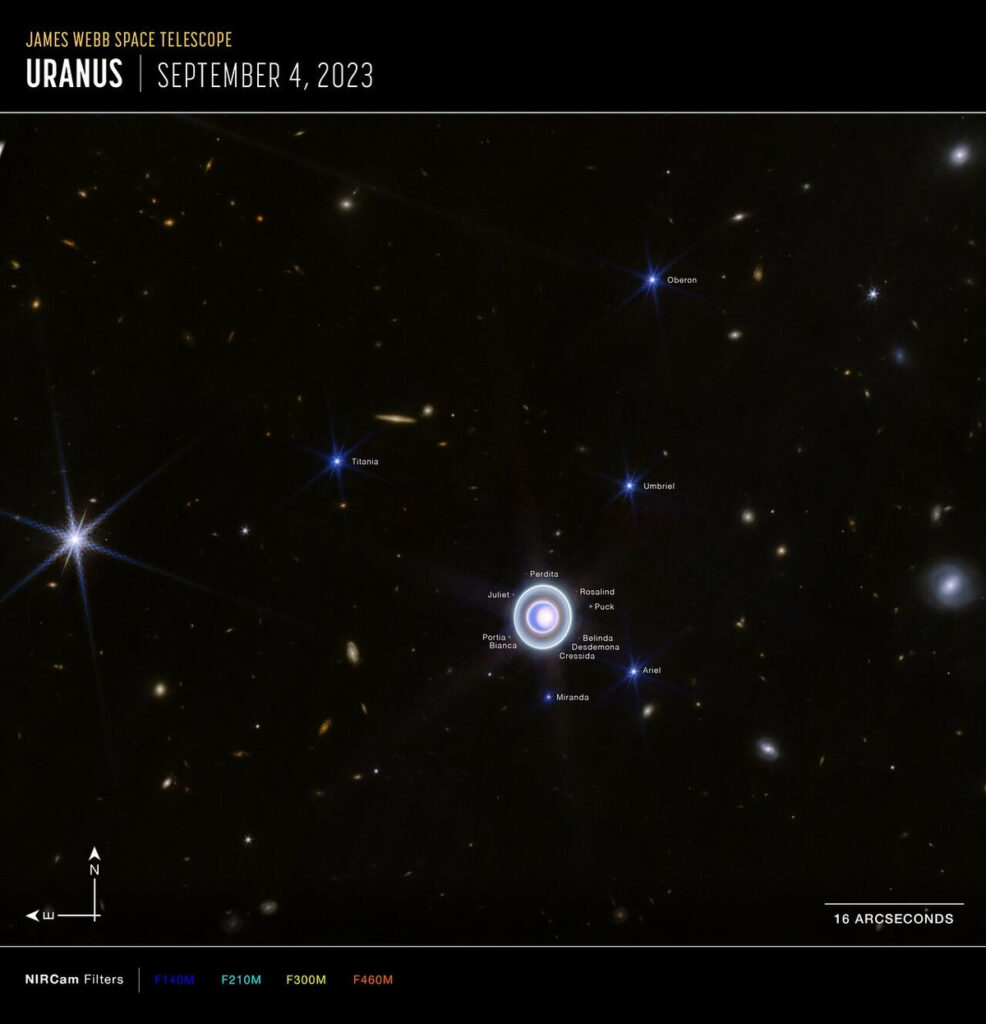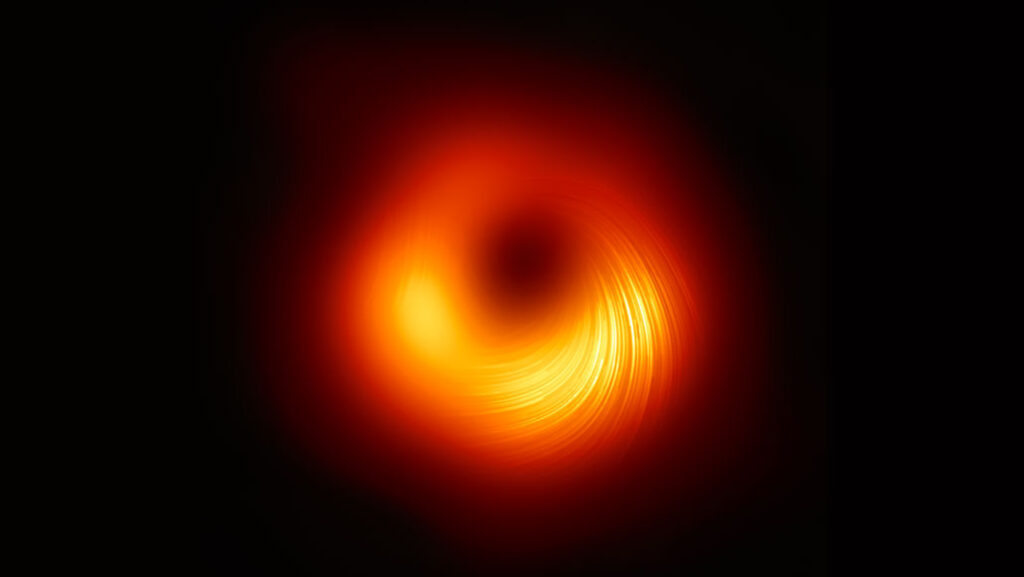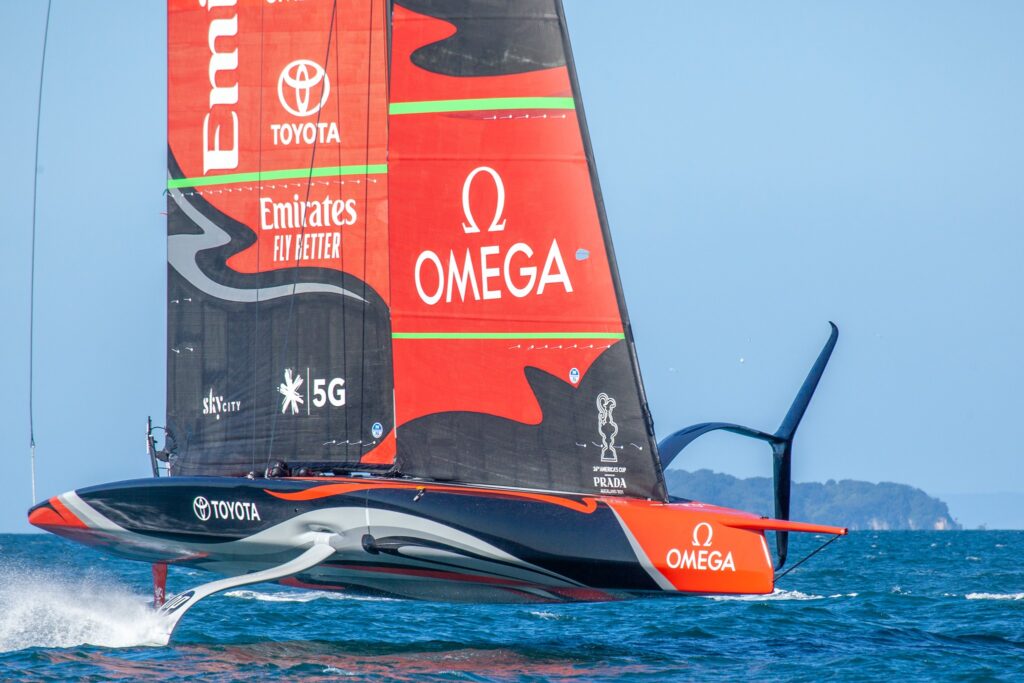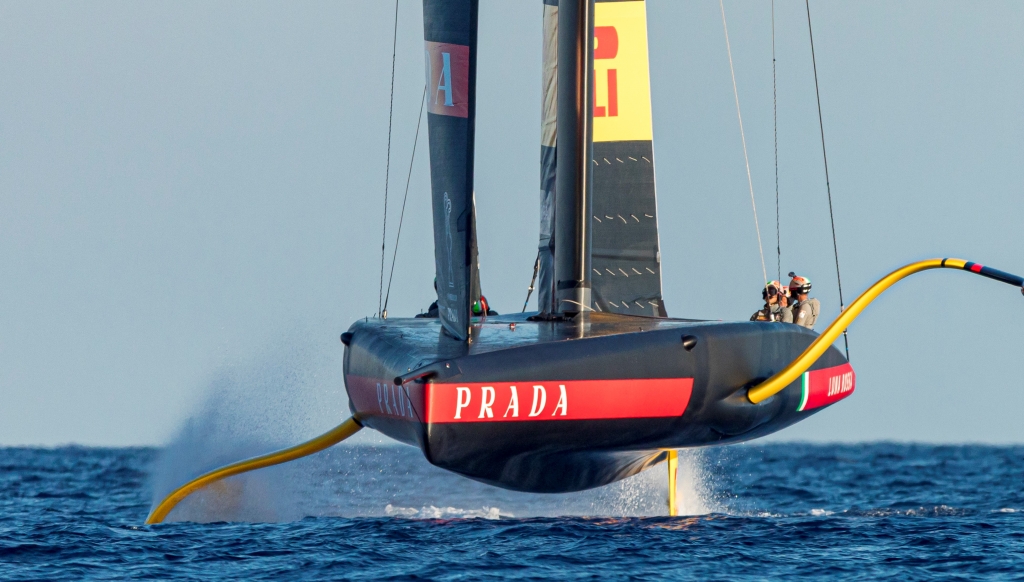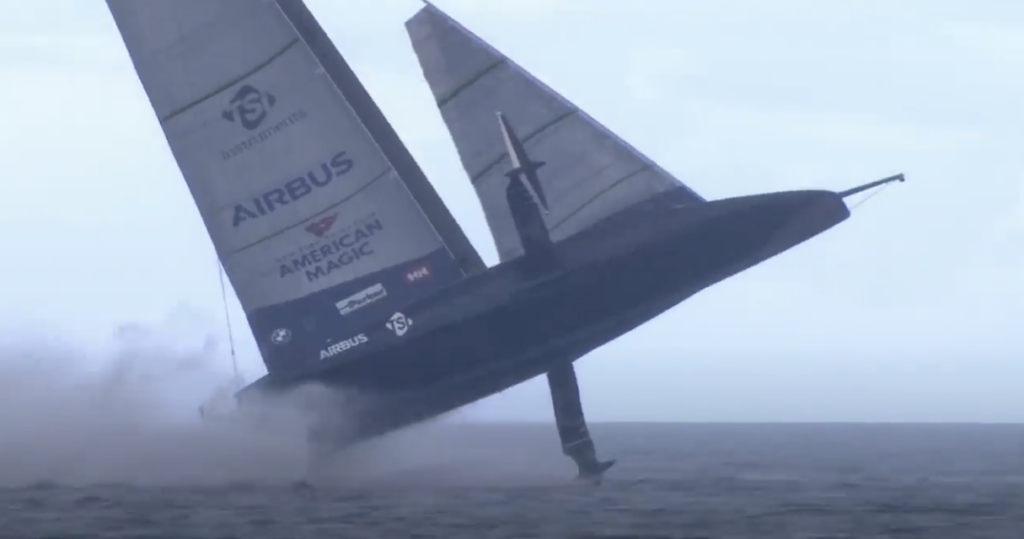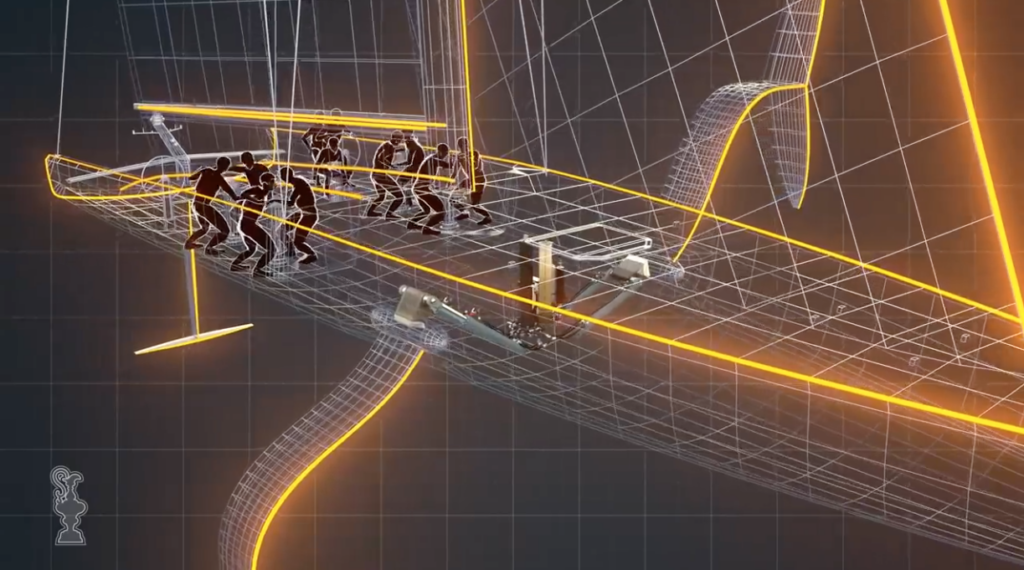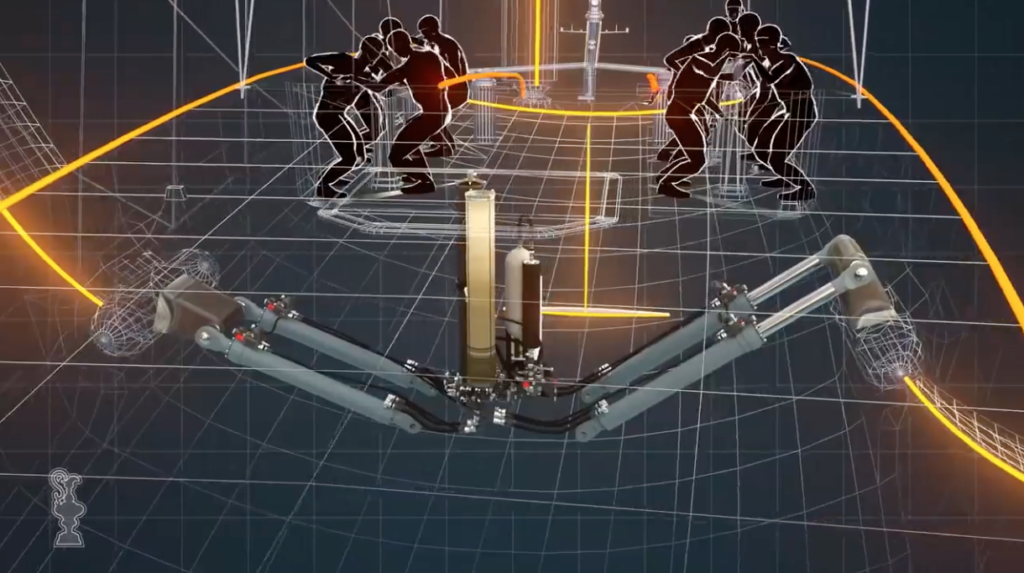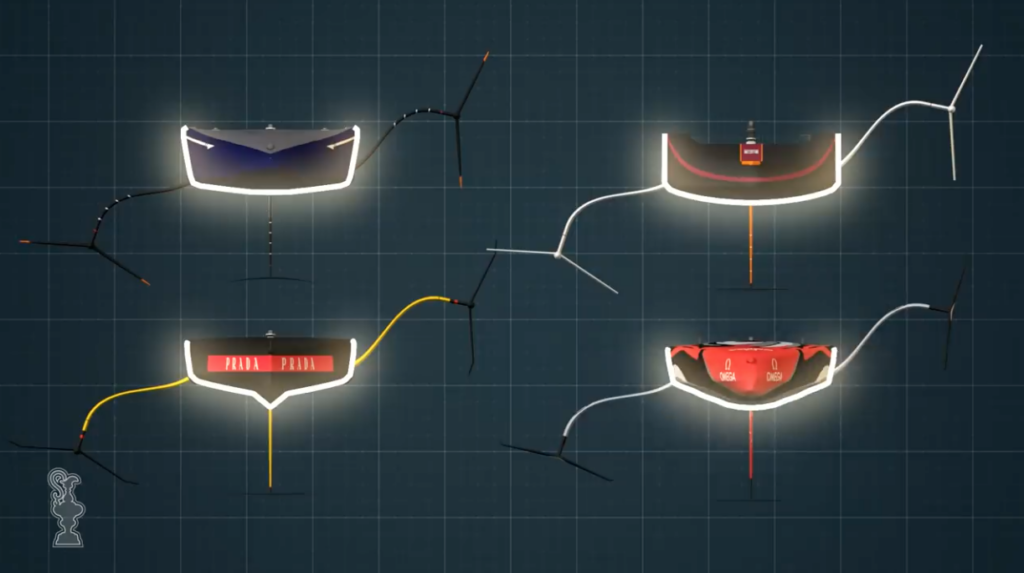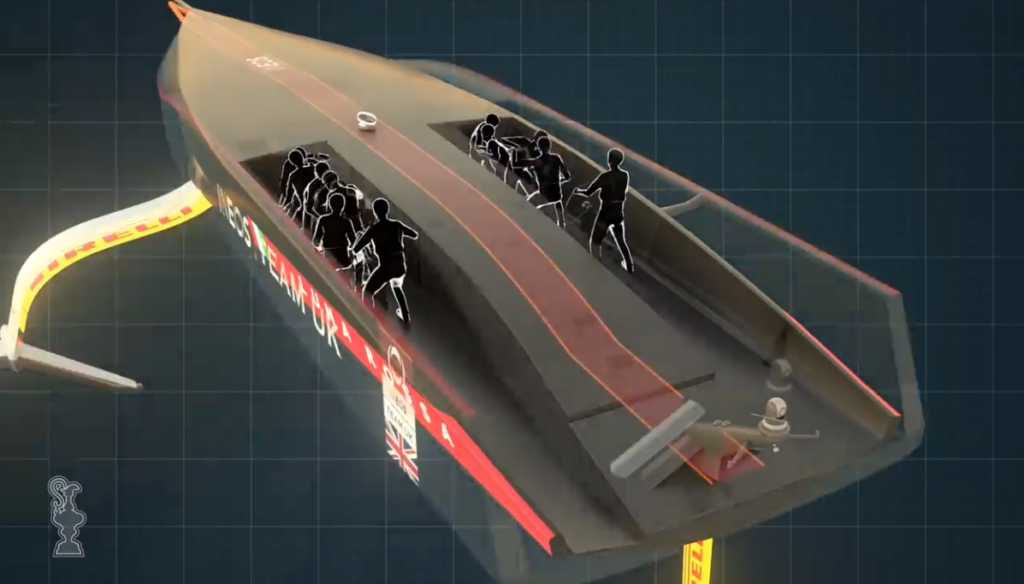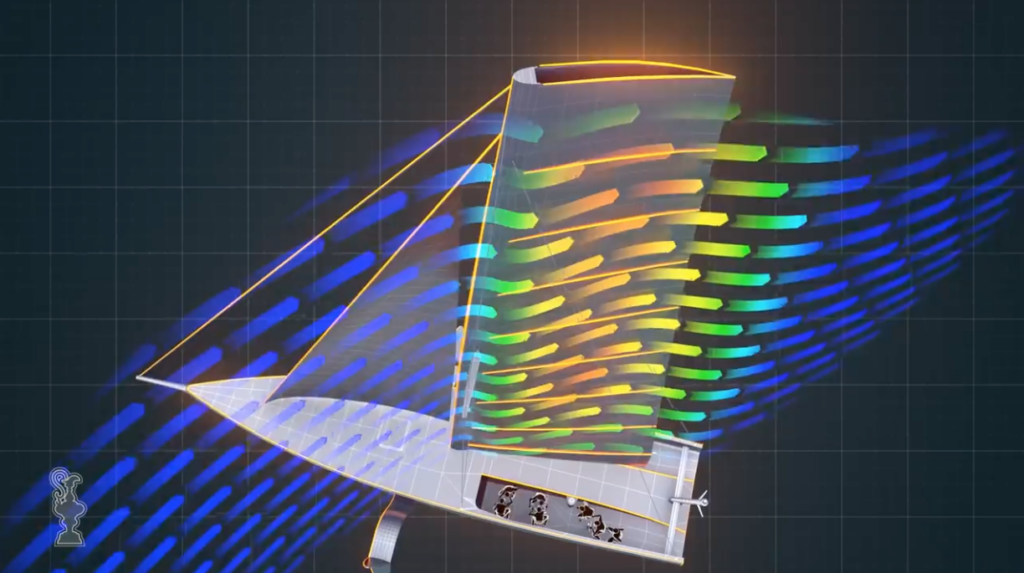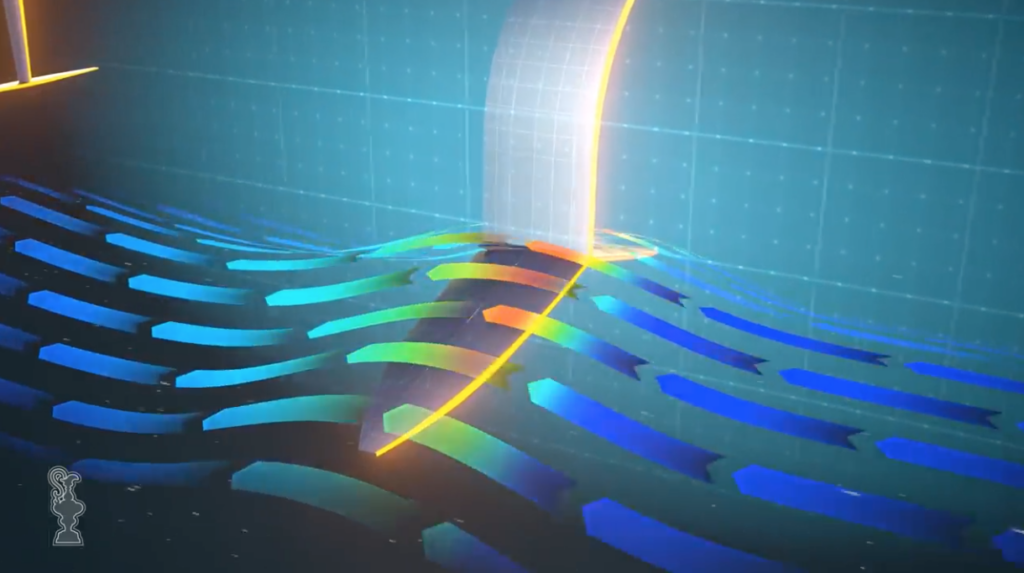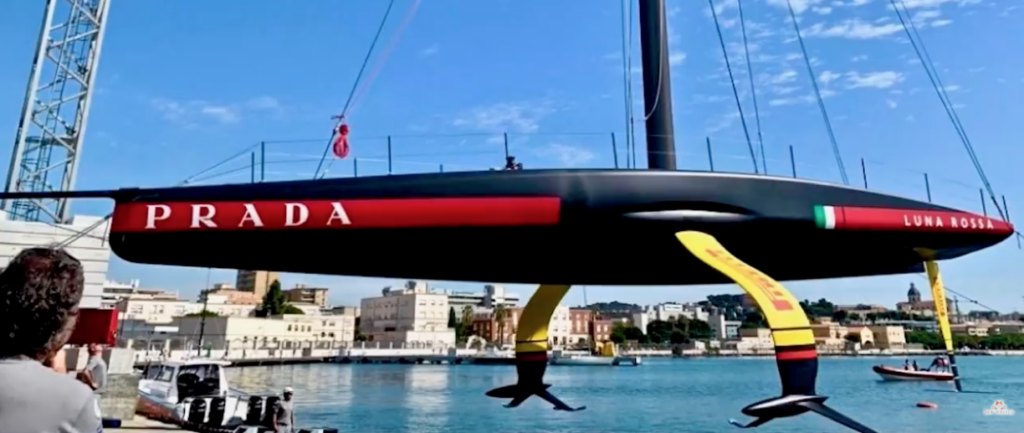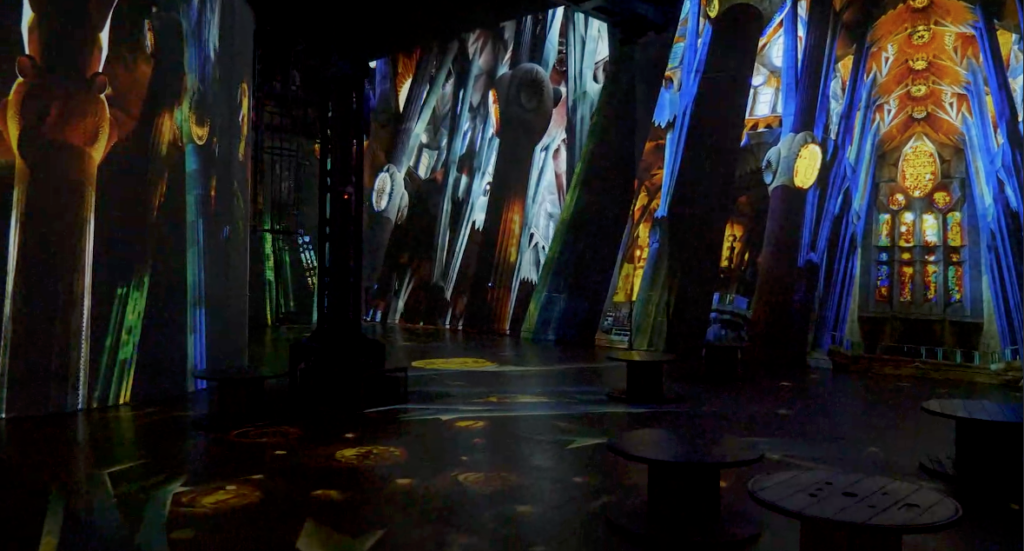Peter Lobner
1. Introduction
As the world generates an increasing fraction of its electricity from intermittent renewable energy sources, there currently are growing problems with grid stability and there will be problems delivering electric power on demand 24/7 unless the huge swings in intermittent renewable generating capacity are brought under control.
The nature of the intermittent photovoltaic (PV) energy generation problem is described in a 2020 paper by Alberto Boretti, et al., in which the authors note, “Because of increasing uptake (of electricity) and the phasing out of back-up conventional power plants producing energy on demand, there is the necessity to study the current variability of the (PV) capacity factors based on the actual energy production.” The authors concluded, “While the best-performing (PV) facilities achieve annual capacity factors of about 32-33%, the average annual capacity factor is less than 30%, at about 26-27%.”
During the course of an average day, PV generation can go from 0% at night to 100% at mid-day, with “tails” as generation capacity grows in the morning and falls off in the evening, and variability during the day due to weather. Using Australian high-frequency capacity factor data (because similar data were unavailable in the US), Alberto Boretti, et al., developed the following chart that compiles the capacity factors from many individual PV plants and computes their average capacity factor (the dark line in the top chart), which is a measure of the average PV generating capacity actually delivered to the grid over the course of a 24 hour period.
The second chart shown below shows the actual load demand in megawatts (MW) from the California grid operator, CAISO, for 18 August 2020, a hot day with high load demand. The broad (5-hour) peak mid-day demand on the CAISO grid was about 47,000 MW. Minimum demand at about 4 AM was about 27,000 MW.

Sources: (Top) adapted from Alberto Boretti, et al. (2020),
(Bottom): CAISO via GreenTechMedia (19 Aug 2020)
Hopefully, you see the problem. In this case for PV generation, the generation cycle is not in sync with the demand cycle. If states and nations are unwilling to address this mismatch with reliable generators that can be started on demand, then large-scale deployment of long-duration, grid-scale energy storage systems will be needed to meet electricity demand 24/7.
What do “long duration” and “grid-scale” mean? Look at the above curves and you can see the answers for yourself. How long is there no PV generation between sunset and sunrise? It’s 10 to 14 hours in Southern California, depending on the time of year. How much is 10% of peak demand on the CAISO grid? On 18 August 2020, that would have been about 4,700 MW, about the generating capacity for four nuclear power plants (but California only has two nuclear power plants, and those will be retired in 2024 and 2025). My point is that even 10% of peak demand is a big number and to store just one hour of that requires 4,700 MWh (megawatt-hours) of storage. The numbers only get bigger as you look at the amount of energy storage needed to meet demand for several hours, or over night.
To establish a point of reference regarding grid-scale energy storage capacity, here are a few important points.
- California has a goal of having an energy generation portfolio with 60% renewable generation sources by 2030. That equates to a renewable generating capacity of up to 28,000 MW during the broad mid-day peak demand period on a hot day.
- California has a goal of having 10,000 MW of “energy storage” by 2030, but they haven’t defined the needed storage capacity in terms of MWh. Most of the battery energy storage systems (BESS) delivered to date in California can operate at rated power for only 1 – 2 hours. That can help reduce short-term power peaking problems during the day, but is not useful for long-term power delivery at night.
- The Gateway Energy Storage project in San Diego County, CA, currently the largest BESS in the world. It is rated a 250 MW with an energy storage capacity of about 250 MWh. That will supply about 0.5% of CAISO’s peak grid demand for less than one hour because the battery can’t be fully discharged. In terms of grid-scale energy storage requirements, this “world’s largest energy storage project” is still pretty small. It represents less than 10% of the output of the Diablo Canyon nuclear power plant for one hour, after which the BESS would be exhausted while Diablo Canyon would continue delivering electricity for the remaining 23 hours of the day, generating about 54,000 MWh per day with zero carbon emissions, day after day.
An approach for using energy storage systems to help meet daily peak load demand is shown in the following graphs, with energy storage from online power generators early in the day (blue) and stored energy dispatch (orange) later in the day to supplement online power generators and reduce the peak generation demand. In the top curve, the online power generators need to follow the load profile curve between the lower and upper limits set by the “energy storage” and “energy usage” horizontal lines. With more energy storage capacity, the second graph illustrates the case of constant online generation capacity (the single horizontal line), with all demand variability being absorbed by charging and discharging energy storage systems.
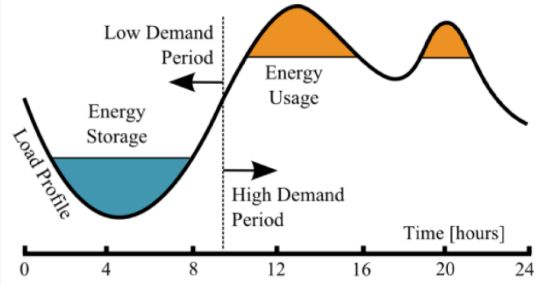

Source, both graphics: Siraj Sabihuddin, et.al. (2014)
As electric vehicles proliferate, the peak of the demand curve will likely continue longer into the evening and night as commercial and private vehicles are recharged. The mismatch between the generation cycle of intermittent PV energy sources and the demand curve will be getting larger.
In this post, we’ll take a look two technologies for long-duration, grid-scale energy storage systems:
- Advanced compressed air energy storage (A-CAES)
- Solid medium gravity energy storage
Both of these energy storage systems convert electrical energy into potential energy that can be released on demand, for example, as high-pressure air or a large suspended weight. As you might expect, these are not “perpetual motion” systems and energy is consumed with each energy storage and discharge cycle. That means that less electricity can be dispatched than was originally input for storage. High cycle efficiency becomes a very important performance parameter for energy storage systems. Manchester University, UK, reported on a BESS that had round-trip energy losses between 9.6% and 12.5% for a variety of full charge / discharge cycles, placing BESS cycle efficiency at between 87.5% and 90.4%.
The A-CAES and solid medium gravity energy storage technologies appear to have long operating lifetimes, which could give them an advantage over battery energy storage systems. The National Renewable Energy Laboratory (NREL) has determined that current technology lithium-ion battery life in BESS applications is limited to about 10 years with active thermal management and restricted cycling, and about 7 years without thermal management. Over the operating life of a grid-scale BESS, the batteries will have to be replaced periodically, adding to BESS life-cycle cost.
Keep in mind why these energy storage systems are needed. Going “green” is not simple, and relying on power generation from intermittent renewable energy sources comes with the obligation to deploy long-duration, grid-scale energy storage systems to ensure that electricity demand can be met 24/7. Rest assured, this will all show up on your future electricity bills.
2. Advanced compressed air energy storage (A-CAES)
Toronto-based Hydrostor (https://www.hydrostor.ca/company/) is a leading developer of Advanced Compressed Air Energy Storage (A-CAES) systems. Their first system entered service in 2019. Several other A-CAES systems are being developed.
The basic A-CAES process is shown in the following diagram.
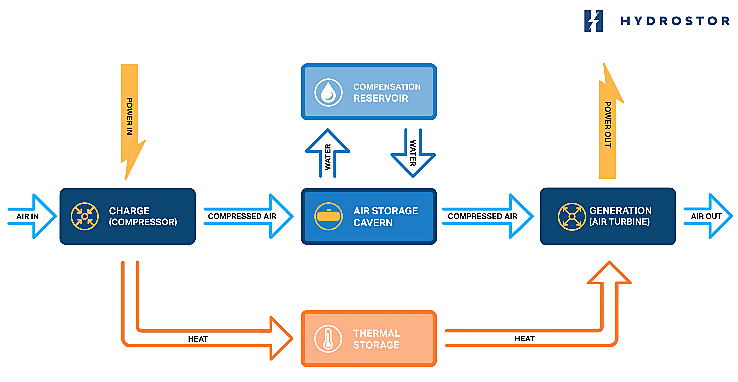
Surplus electric generating capacity is used to compress ambient air to produce heated compressed air. A thermal management system captures and stores the heat produced during compression as sensible heat. The cooled, compressed air is stored in a purpose-built underground storage cavern that is maintained at constant pressure by the hydrostatic head of water in a standpipe connected to a compensation reservoir on the surface. As the storage cavern is charged, water in the cavern is displaced and flows up the standpipe, into the compensation reservoir.
When there is a demand for energy from the storage system, compressed air is released from the underground air storage cavern, reheated by the thermal management system and discharged through an air turbine to generate electricity. Water flows back from the compensation reservoir on the surface into the storage cavern to maintain the pressure of the air remaining in storage.
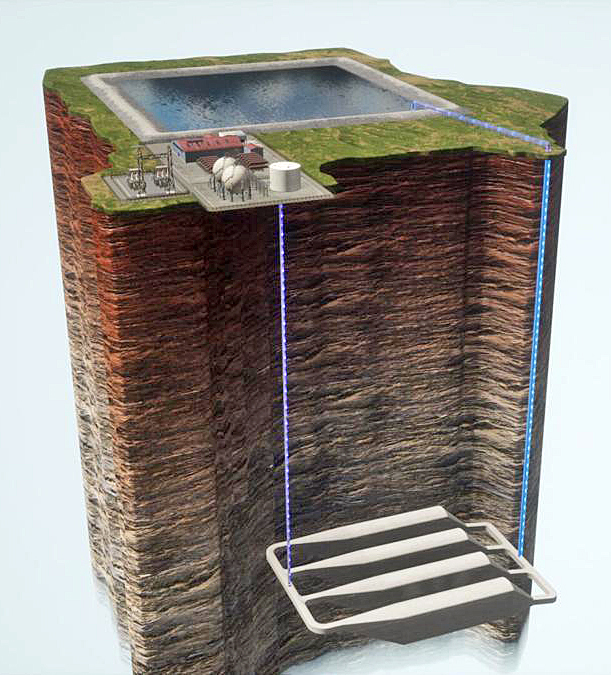
Source: Hydrostor

Source: Adapted from Hydrostor
This A-CAES process is entirely fuel-free and produces zero greenhouse gas emissions. The operation of the Hydorstor system is explained in the 2021 video, “How Hydrostor Is Enabling The Energy Transition” (3:54 minutes) at the following link: https://www.youtube.com/watch?v=cOWjwwKSR78
Hydrostor’s Goderich A-CAES Facility
The Goderich A-CAES Facility, which went into service in 2019 in Goderich, Ontario, Canada, is the world’s first commercially contracted A-CAES facility. It is in regular service on Ontario’s Independent Electricity System Operator (IESO) grid.
This utility-scale system can deliver a peak power output of 1.75 MW, has a maximum charge rate of 2.2 MW, and has more than 10 MWh of energy storage capacity. The system can deliver rated power for 5 to 6 hours.
Hydrostor notes that this use of A-CAES technology “is a significant achievement, conforming to all interconnection, uptime, performance and dispatch standards as set out by the IESO. Hydrostor’s Goderich energy storage facility proves out the ability of Hydrostor’s A-CAES technology to fully participate in and deliver a range of valuable grid services to electricity markets.”
More information on the Goderich A-CAES Facility is available here: https://www.hydrostor.ca/goderich-a-caes-facility/

Rosamond Energy Storage Project
Hydrostor, with partners Pattern Development and Meridiam, is developing the much larger Rosamond Energy Storage Project in Kern County, CA. This A-CAES project will have a rated power of 500 MW and an energy storage capacity of 4,000 MWh, which will provide for 8 hours of operation at rated power. This project was announced on 29 April 2021 and is expected to enter service in 2026. Customers would include the Los Angeles Department of Water and Power and the operator of the state power grid, CAISO.
More information on the Rosamond Energy Storage Project is available here: http://www.hydrostor.ca/rosamond/
3. Solid medium gravity energy storage systems
Pumped storage hydroelectric (PSH) is a type of gravity energy storage system that has been in existence for many decades. Such systems are dependent on regional topography with a suitable water source in proximity to a suitable elevated water storage basin. Surplus electric power is used to pump a large volume of water up to the elevated storage basin. Later, water is released through a penstock to a hydroelectric turbine to generate electricity on demand. Among current energy storage technologies, the Electric Power Research Institute (EPRI) rates PSH highest as a long-duration, grid-scale energy storage system. General Electric reports that the round-trip energy efficiency of PSH typically is about 80%.
The solid medium energy storage systems work on a similar principle of using surplus power to raise a solid mass to a relatively high elevation and later release the suspended mass and use it to mechanically drive a generator during its controlled descent. Two firms working on this type of gravity energy storage system are Energy Vault and Gravitricity. Unlike PSH, their gravity energy storage systems are not dependent on the local topography. Here’s a brief look at their systems.
Energy Vault
California-based startup incubator Idealab (https://www.idealab.com), developed an energy storage concept that uses a tall tower topped with tower cranes as a platform for systematically building and deconstructing stacks of regularly shaped heavy masses (bricks). Potential energy is stored as bricks are raised and emplaced at a higher elevation. Energy is recovered when a brick at a higher elevation is picked up and lowered while using the suspended mass to drive a generator, a bit like the regenerative braking system on a Toyota Prius. With multiple cranes in use to move the bricks, energy storage and discharge rates can be adjusted to match operational needs until the stack of bricks is completely constructed (fully charged) or deconstructed (discharged). The Swiss firm Energy Vault (https://energyvault.com) is commercializing this gravity energy storage technology.

Source: Business Wire
You can watch a 2019 Energy Vault video simulation here: https://vimeo.com/335818817
In partnership with Italian energy company ENEL, Energy Vault built a sub-scale demonstration system in Ticino, Switzerland and has operated the system connected to the regional grid since July 2020.

The 110 meter (361 ft) tall unit can store 35 MWh of energy.Energy Vault reported that, from proposition to working prototype, the demonstration system took about nine months to complete and cost less than US $2 million.

not including the 35 metric ton bricks. Source: Energy Vault
Lessons learned from the demonstration unit include:
- A tower can be erected quickly; the cranes can be delivered within months and erected within weeks.
- The heavy masses (35 ton composite bricks) can be made from a variety of materials, including concrete construction debris that would otherwise go to a landfill. At a coal plant site, the bricks could be made with coal ash aggregate.
- The mechanical systems do not degrade, providing a long operating life of the project.
- Specially engineered control software ensures the bricks are placed in exactly the right location each time.
- Round-trip cycle efficiency is between 80% and 90%.
Energy Vault claims that they have created the world’s only cost-effective, utility-scale gravity-based energy storage system that is not dependent on land topography or specific geology underground.
With its modular, scalable system design, Energy Vault expects to offer energy storage systems with a range of power ratings, from 4 to 8 MW, and energy storage capacities, from 20 to 80 MWh. These systems can serve as long-duration power sources, delivering rated power for hours.
Gravitricity
Scottish firm Gravitricity Ltd. (https://gravitricity.com) is developing a novel mechanical energy storage technology in which excess electric power is used to power winches that raise a heavy mass inside a deep shaft. At its new, higher elevation, potential energy has been stored in the heavy mass. Electricity is generated when needed by releasing the heavy mass and allowing it to drop under the influence of gravity, but restrained by a braking system that extracts kinetic energy as electricity until the heavy mass makes a controlled stop at the bottom of the shaft, or at some intermediate height.
You’ll find a short (3:42 minutes) 2020 animated video describing the Gravitricity energy storage technology here: https://www.youtube.com/watch?v=meFkbADJq28
To demonstrate this technology, Gravitricity constructed a 15-meter (49-foot) tall test rig at a cost of £1 million (US $1.4 million) at the Port of Leith in Edinburgh, Scotland.

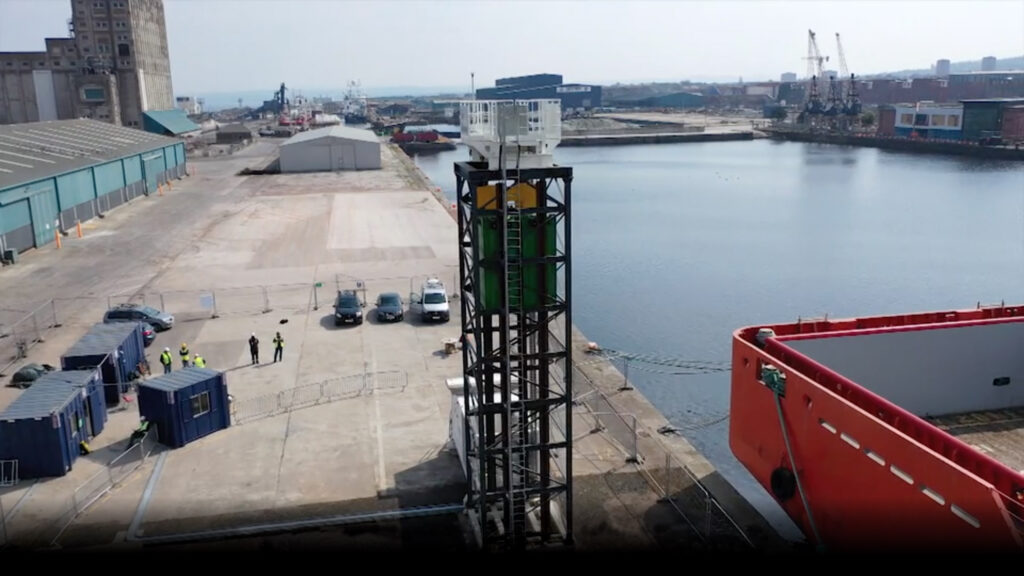
This 250 kW concept demonstrator uses two 25-metric ton (27.5-ton) weights suspended by steel cables connected to two winches. With a 7-meter (23-ft) lift, this demonstration system should be able to store almost 1.0 kWh of energy. After being released at the top of the tower, the two weights discharge their stored energy via a regenerative braking system for little more than 10 seconds. While the test duration is short, it is sufficient to demonstrate that the concept works. Moreover, the demonstrator is being used to validate engineering simulations that will be used in the design of a full-scale system.
Gravitricity plans to offer systems in the 1 MW to 20 MW power range with output durations from 15 minutes to 8 hours. Key operating parameters are:
- Flexible, controllable power output and total energy delivered.
- Response time: zero to full power in less than one second.
- Cycle efficiency: between 80% and 90%
- Design life: 50-years, with no cycle limit or degradation
A single mass system is well suited for applications that require high power quickly and for a short duration.

Source: Gravitricity
Multiple-weight systems are better suited to storing more energy and releasing power over a longer period.

Source: Gravitricity
A full-scale system will be designed to operate in retired (end-of-life) mine shafts or purpose-built deep shafts rather than in tall towers. In the UK, some potentially suitable mines have end-of-life shafts that go to depths of 750 m (2,461 ft). Deep shafts specifically built for the job could have a depth in excess of 2 km (1.2 miles). Masses up to 12,000 metric tons / 13,200 tons may be used.
The energy storage capacity of a Gravitricity system can be quite significant. For example:
- A 12,000 metric ton mass suspended at the top of a 750 m deep mineshaft has a potential energy of about 24.5 MWh.
- The same 12,000 metric ton mass suspended at the top of a 2 km purpose-built deep shaft has a potential energy of about 65.3 MWh.
Gravitricity reports that they currently are developing a number of project opportunities at existing mines with end-of-life shafts that are suitable for full-scale prototype energy storage systems. Candidate end-of-life shafts have been identified in the UK, the Moravian Silesian Region of Czech Republic and adjacent areas in Poland, and in South Africa. Gravitricity estimates that over 10,000 MWh of energy storage capacity can be deployed globally in existing end-of-life mine shafts.
In the longer term, Gravitricity plans to sink purpose-built shafts, allowing their energy storage technology to be deployed wherever it is required. Multiple, purpose-built shafts can be built in the same area to scale the total energy storage capacity to meet user requirements.
Gravitricity expects that their system will have a levelized cost of storage (cost/MWh) that is significantly less than for lithium-ion battery energy storage systems
4. For more information
Need for grid-scale energy storage:
- Siraj Sabihuddin, et.al., “A Numerical and Graphical Review of Energy Storage Technologies,” MDPI, 29 December 2014: https://www.mdpi.com/1996-1073/8/1/172/htm
- Kandler Smith, et al., “Life Prediction Model for Grid- Connected Li-ion Battery Energy Storage System,” National Renewable Energy Laboratory & SunPower Corp., presented at the American Control Conference, Seattle, WA, 24-26 May 2017: https://www.nrel.gov/docs/fy17osti/67102.pdf
- Alberto Boretti, et al., “Capacity factors of solar photovoltaic energy facilities in California, annual mean and variability,” E3S Web of Conferences ICSREE 2020, 181, 02004, 2020: https://www.e3s-conferences.org/articles/e3sconf/pdf/2020/41/e3sconf_icsree2020_02004.pdf
- Jeff St. John, “Consumers Are Playing a Big Role in Keeping the Lights On in California This Week,” GreenTechMedia, 19 August 2020: https://www.greentechmedia.com/articles/read/how-california-has-escaped-more-rolling-blackouts-this-week
- Julian Spector, “LS Power Energizes World’s Biggest Battery, Just in Time for California’s Heat Wave,” GreenTechMedia, 19 August 2020: https://www.greentechmedia.com/articles/read/ls-power-energizes-worlds-biggest-battery-near-san-diego-just-in-time-for-heatwave
Advanced compressed air energy storage (A-CAES):
- John Cox, “Compressed-air energy storage project proposed in eastern Kern,” Bakersfield.com, 29 April 2021: https://www.bakersfield.com/news/compressed-air-energy-storage-project-proposed-in-eastern-kern/article_6f158d10-a933-11eb-ba7b-bbeb70eef846.html
- Michael Irving, “World’s largest compressed air grid ‘batteries’ will store up to 10GWh,” New Atlas, 29 April 2021: https://newatlas.com/energy/hydrostor-compressed-air-energy-storage/
- Caroline Delbert, “This Compressed Air Grid ‘Battery’ Is an Energy Storage Game Changer,” Popular Mechanics, 3 May 2021: https://www.popularmechanics.com/science/green-tech/a36300986/compressed-air-grid-energy-storage-system/
Solid medium gravity energy storage:
- Samuel Moore, “Gravity Energy Storage Will Show Its Potential in 2021,” IEEE Spectrum, 5 January 2021: https://spectrum.ieee.org/energy/batteries-storage/gravity-energy-storage-will-show-its-potential-in-2021
- Kevin Keane, “Gravitricity battery generates first power at Edinburgh site,” BBC News, 21 April 2021: https://www.bbc.com/news/uk-scotland-56819798




